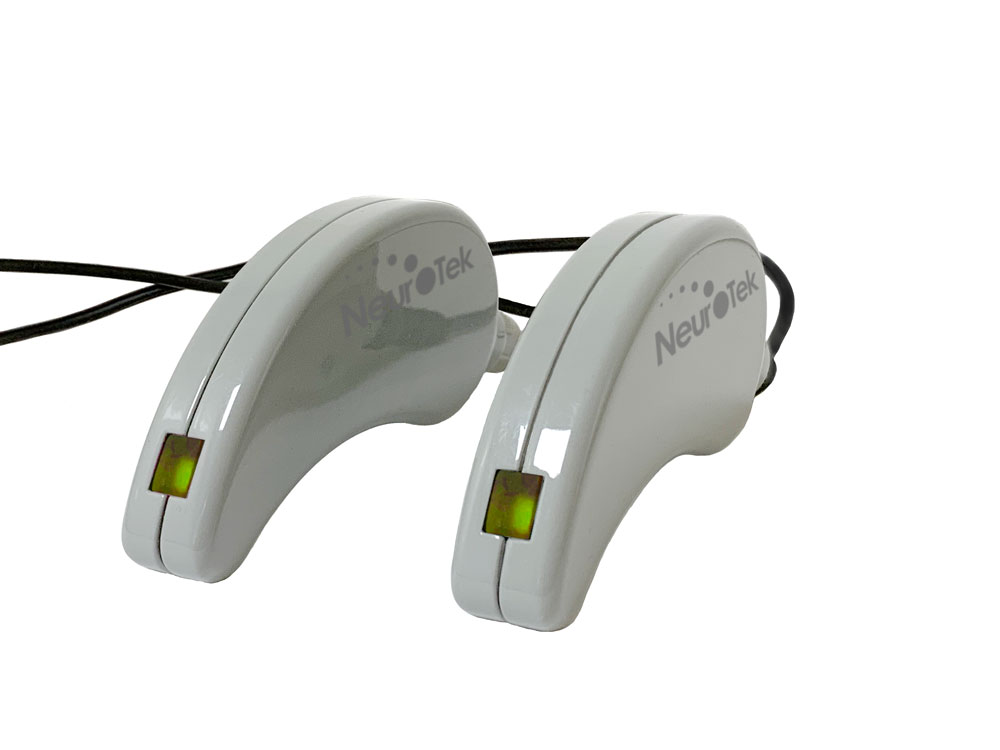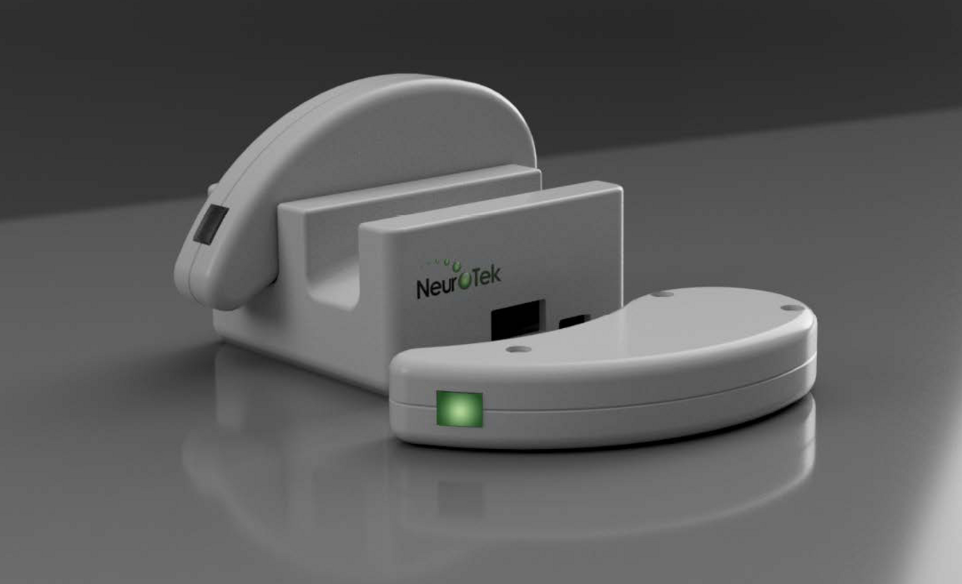3D eye scanning technology has transformed the field of eye care, providing highly detailed imaging that allows professionals to detect and diagnose various eye conditions with unmatched precision. Whether you’re visiting an optometrist for a routine check-up or require specialized treatment, a 3D eye scan can offer critical insights into your eye health.
Advanced tools like Blue EyeScan, Mini EyeScan, and the Deluxe EyeScan models (with Deluxe, Advanced, and Standard Tac Controllers) are leading the way in cutting-edge ocular diagnostics. But what exactly can a 3D eye scan reveal about your eyes Explore the benefits and applications of this advanced technology.
Early Detection of Eye Diseases
One of the primary advantages of a 3D eye scan is its ability to detect early signs of eye diseases before symptoms become noticeable. Many serious conditions develop gradually, and early diagnosis can be the key to effective treatment and vision preservation.
Common Eye Diseases Identified by 3D Eye Scans:
Glaucoma – A progressive condition that damages the optic nerve. Advanced scans like the Deluxe EyeScan With Advanced Tac Controller can detect increased eye pressure and early nerve damage, allowing timely intervention. Macular Degeneration (AMD) – A leading cause of blindness in older adults, this condition affects the central part of the retina (macula). Blue EyeScan technology helps in monitoring retinal changes, ensuring early diagnosis. Diabetic Retinopathy – For diabetic patients, Mini EyeScan provides detailed imaging of retinal blood vessels, helping to detect leaks or swelling before they worsen. Cataracts – A 3D scan can identify protein build-ups in the lens, signalling the early formation of cataracts. With advanced scanning devices, eye care professionals can create a personalized treatment plan that prevents serious vision loss.

Retinal Health Analysis
Your retina is crucial for clear vision, and any damage to it can lead to permanent sight impairment. 3D eye scans provide a layer-by-layer analysis of the retina, allowing doctors to monitor its condition in great detail. The Deluxe EyeScan With Standard Tac Controller is particularly useful for detecting microscopic changes in the retina, helping optometrists diagnose and track: Retinal tears and detachments, Swelling and fluid accumulation and Vascular abnormalities. This non-invasive scan ensures that retinal conditions are caught early, reducing the risk of irreversible damage.
Corneal Irregularities and Vision Problems
The cornea plays a vital role in focusing light, and even slight irregularities can significantly impact vision. 3D eye scanning technology can detect structural issues that may lead to conditions like keratoconus, astigmatism, and corneal dystrophies.
How 3D Eye Scans Help Diagnose Corneal Conditions:
Blue EyeScan provides high-resolution corneal imaging, identifying thinning, scarring, or misshaped corneas. Deluxe EyeScan With Deluxe Tac Controller offers detailed topographic maps, ensuring precise corrective lens prescriptions. and Mini EyeScan is excellent for monitoring post-surgical healing, especially after LASIK or corneal transplants. By detecting early-stage corneal irregularities, 3D scanning helps in customizing treatment options, improving both vision correction and overall eye health.
Tracking Vision Changes Over Time
For individuals experiencing fluctuating vision, 3D eye scans help track changes accurately. Whether you are adjusting your prescription lenses or monitoring eye conditions, regular scanning ensures the best vision care plan. With devices like the Mini EyeScan and Deluxe EyeScan With Advanced Tac Controller, professionals can: Compare past and present scan data, Detect progressive conditions like myopia or hyperopia and Adjust treatment strategies accordingly. This data-driven approach ensures that eye prescriptions and treatment plans remain highly accurate and effective.
Enhancing Surgical Accuracy
For patients considering laser eye surgery (LASIK, PRK, or SMILE) or cataract surgery, 3D eye scans play a crucial role in treatment planning. Surgeons rely on these high-precision images to determine the optimal approach for each procedure. Using tools like the Deluxe EyeScan With Deluxe Tac Controller, doctors can: Map the corneal structure for custom LASIK treatments, Assess cataract severity and determine IOL placement and Ensure post-surgery recovery is progressing properly. These advancements reduce risks, enhance surgical success rates, and provide better long-term vision outcomes for patients.
Detecting Eye Strain and Fatigue-Related Issues
In today’s digital world, eye strain and fatigue are becoming increasingly common due to prolonged screen time. 3D eye scans can reveal subtle signs of digital eye strain, including Tear film irregularities, Minor muscle imbalances and Early signs of dry eye syndrome. The Deluxe EyeScan With Standard Tac Controller is especially useful for identifying early strain indicators and helping professionals recommend blue-light filtering lenses, eye exercises, or artificial tears as preventative measures.

Conclusion
A 3D eye scan is a powerful diagnostic tool that goes beyond standard eye exams, providing detailed insights into your eye health. Whether you need to monitor for diseases, track vision changes, or plan for surgery, this cutting-edge technology offers unparalleled accuracy. By using Blue EyeScan, Mini EyeScan, and Deluxe EyeScan models with various Tac Controllers, optometrists can deliver personalized, precise, and proactive eye care solutions.
FAQs
What is the test for retina health?
A retinal health test involves a retinal scan or optical coherence tomography (OCT) to examine the retina, detect abnormalities, and diagnose eye conditions like glaucoma, macular degeneration, or diabetic retinopathy.
What is a retina analysis of the eye?
A retina analysis is a detailed examination of the retinal layers, blood vessels, and optic nerve using imaging techniques like OCT or fundus photography to assess eye health and detect diseases.
What does a retinal scan tell you?
A retinal scan provides high-resolution images of the retina, revealing signs of eye diseases, vascular issues, nerve damage, or systemic conditions like diabetes and hypertension affecting eye health.
How do I know if my retina is healthy?
A healthy retina allows clear vision with no blind spots, flashes, or distortions. Regular eye exams and retinal scans help detect any damage, swelling, or abnormalities early.





Comments